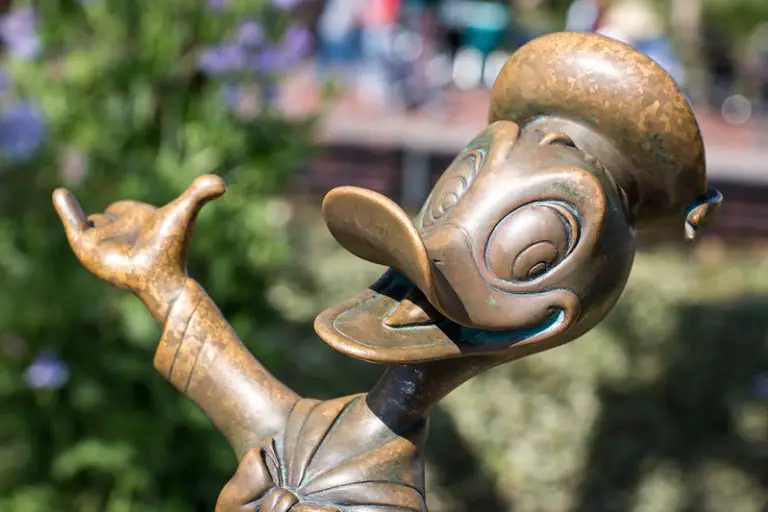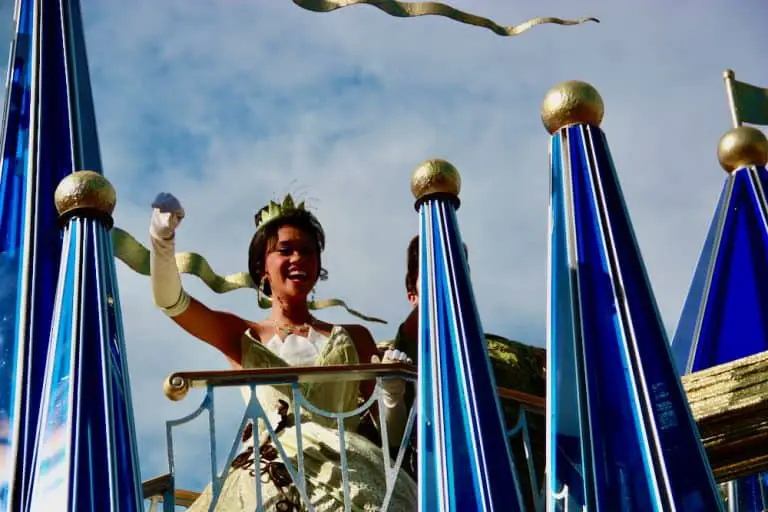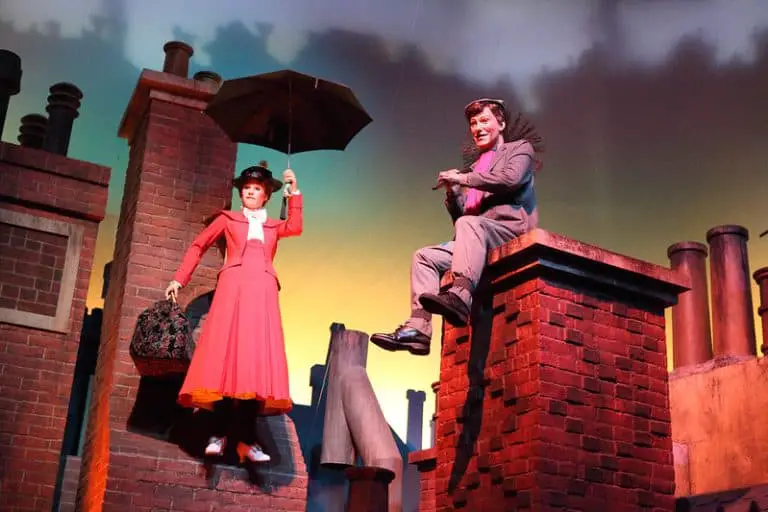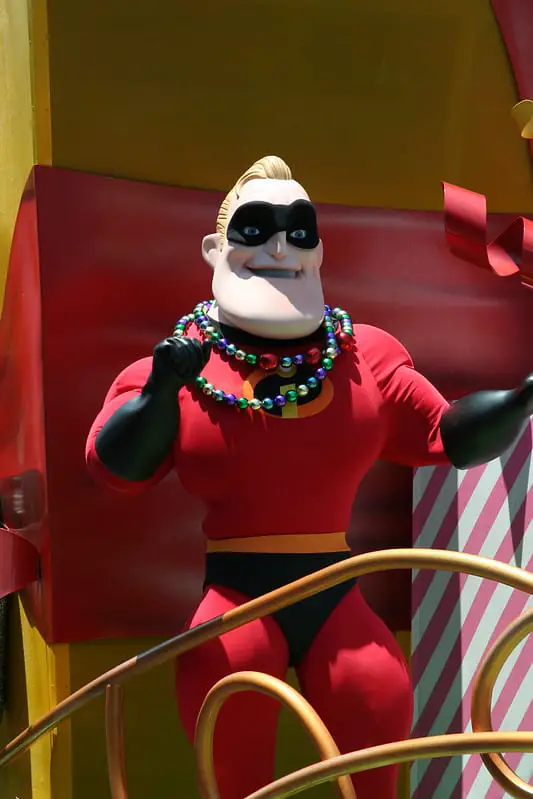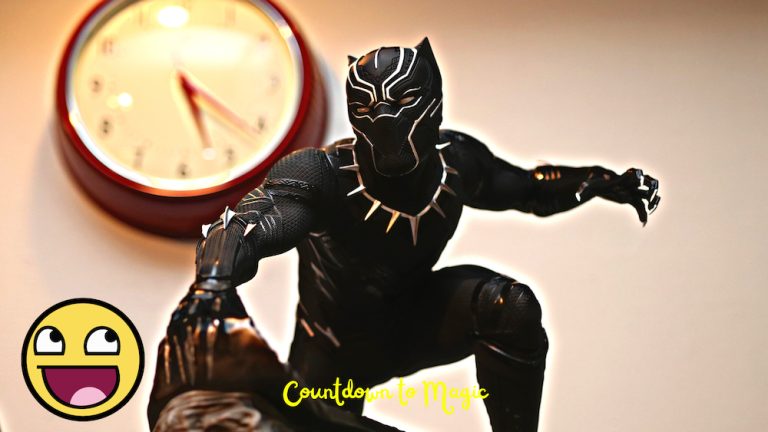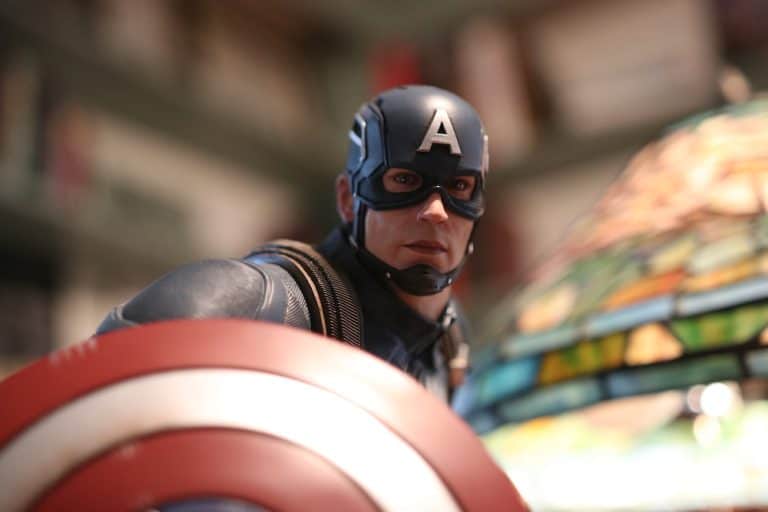How the Talking Mickey at Disney Worked and Why He’s Gone
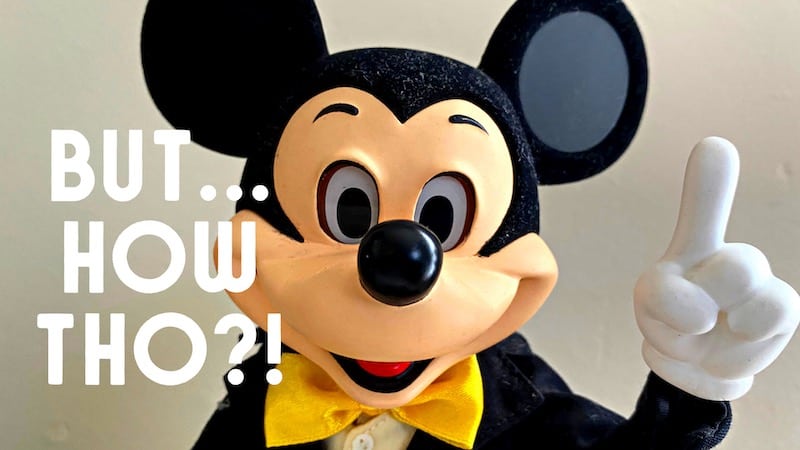
For seven years, the Talking Mickey Mouse greeted guests all over the world at Disney Worlds Town Square Theater in Magic Kingdom.
Sadly, in 2018, Disney decided to discontinue the short-lived tradition. Now Talking Mickey has become a thing of the past. The guests that were lucky enough to score a conversation with Mickey, all left with a little more Magic.
And maybe a question or two for the parents. Questions like: how exactly does the talking Mickey Mouse at Disney work?
And now that he’s gone the way of the Dodo Bird, children are left to wonder where has Talking Mickey gone?
Let’s unravel this mystery!
How Talking Mickey Came About
Costumed characters in Disney World have been around since the opening of the park itself.
However, simulated “mouth movement” characters began with a crazy monkey from The Lion King; Rafiki.
Legend of the Lion King debuted in 1994 in Disney’s Magic Kingdom. The silly monkey (or Mandrill if you want to be technical) that everyone came to know and love was the narrator for the show.
Though not nearly as sophisticated as talking Mickey, Rafiki served as a sign of what was to come down the road.
A few years later in 2007, Dream Along with Mickey took to the stage in Magic Kingdom. Not only was there a talking Mickey Mouse, but the whole gang was able to chat along during the show.
Check out a photo of the Dream Along with Mickey show I took during my Disney trip way back in 2008, where you can clearly see Mickey’s mouth is closed, likely because he was in mid-conversation (and apparently, mid-blink!).
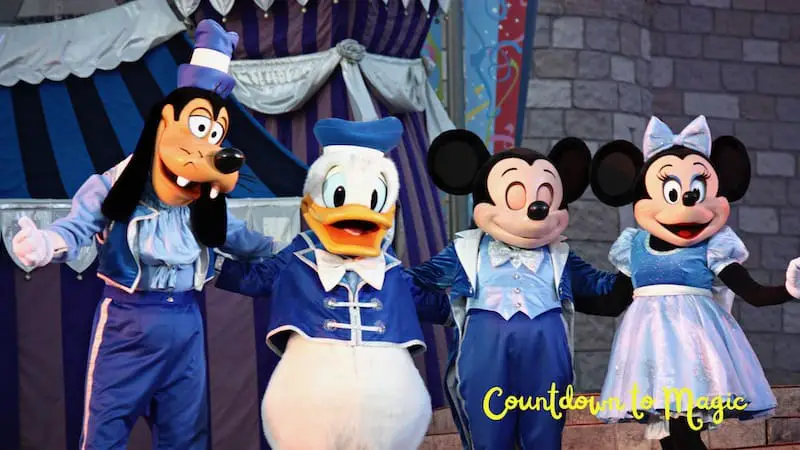
The Disney Imagineers were able to make the show come to life with these characters on stage. But the creative minds wanted more. And thus the talking Mickey Mouse idea was born.
In 2011, the brilliant Imagineers were able to bring a live-action Mickey Mouse to greet everyone. He could blink, he could have a chat, and he could even do a quick magic trick if you were up for it.
This was more than your average photograph, though you would still get one after the greet. This character interaction would leave you with memories and stories that were unique to you.
So we know what talking Mickey was capable of, but how in the (Disney) world did the Imagineers pull it off?
How Does Talking Mickey Mouse Work?
In typical Disney fashion, the answer is a bit obscured. But thanks to an open patent filed by Disney in 2012, we are able to get a very good idea of how Mickey comes to life.
The patent which can be viewed HERE, is titled “Simulated Conversation by Pre-Recorded Audio Navigator.”
Disney emphasized that having to train a performer to use a voice-alike talent would be “awkward synthesized speech and logistically cumbersome.” So they needed to avoid this by using only authentic and authorized character voices to stay consistent throughout the year.
According to the patent, the conversation is pre-recorded. But how is the performer able to keep the conversation seamless?
Cameras are strategically placed in the location of the meet and greet. They are linked back to an operator who has full control over the conversation in a unspecified location.
A computer monitor allows them to select an appropriate response at any given moment. They have a wide selection of pre-recorded audio they can choose from. The audio is organized in a way that makes sense for a typical conversation but can be tailored to fit each unique scenario. This allows Mickey to interact in a natural way.
Hundreds of combinations of sentences can be strung together, according to what the situation calls for. The operator has the freedom to take the conversation wherever they want to at any given moment.
So that answers the question of how the audio is produced and implemented. But what about the eyes and mouth? How do they move in sync so well?
How the Talking Mickey Mouse Eyes and Mouth Move?
Unfortunately, the above patent only covers the audio side of things. So for the actual movement of Mickey, we are going to have to use a bit of imagination.
There are several ways that Disney could achieve this. By far the most advanced way would be to sync the audio with the facial movements.
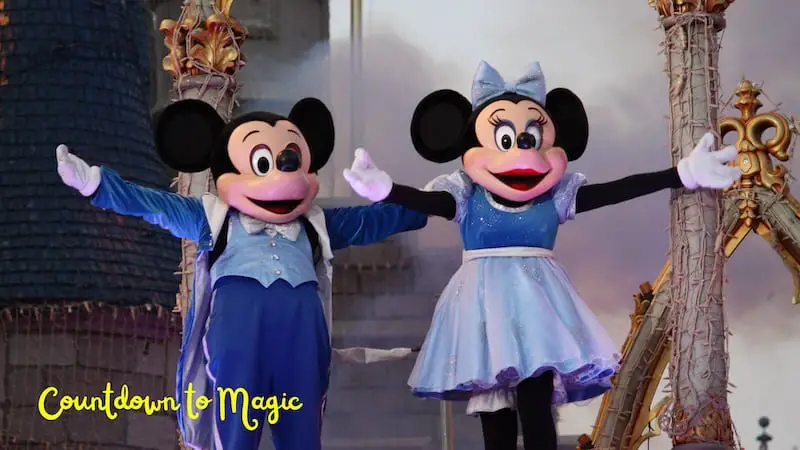
With an extremely diverse catalog of possible conversations, this would be difficult for even the best engineers in the world. But Disney Imagineers are some of the best in the game, so I suppose this is possible.
An easier approach would entail the actor playing Mickey to use a “joystick” to control the movements. This happens to be the more widely believed scenario amongst many fans.
The actor would need to be trained in a way to know what was coming and how to ad-lib for the piece. This could be incredibly difficult to learn and even more difficult to scale between multiple cast members.
Perhaps this difficulty is why talking Mickey has gone silent after seven years. (More on that in a minute).
Sometimes though, it’s better to just enjoy the thrill of what Disney has been able to accomplish. They obviously want to keep as many secrets close to their chest as possible. If you have a curious mind like me, it can be difficult to accept.
At least we are able to make an educated guess on how our friend brought the conversation to millions of guests over the years. And who knows, maybe he will make a return.
And maybe, one day, Disney will spill all the beans on just exactly how they were able to pull it off.
So, why has Mickey “left the building?”
Why Was the Talking Mickey Removed?
Like the last question, this one too can have a more dynamic or complex answer. Disney has been quiet on the details, which has left many guests to speculate.
Could it be a way to cut costs? We know at the very least it required two people to operate Mickey. But more than likely this would be a whole team dedicated to the project.
I don’t think the budget was the issue. Town Square Theater was considered just as any other attraction in Magic Kingdom. I can’t even begin to tell you how many cast members it requires to run Space Mountain, but my guess would be somewhere in the hundreds.
Wait times were generally 45 minutes and even could reach up to an hour and a half depending on the day and season. If you didn’t have a Fast Pass, you were inclined to wait for a chance to meet the world-famous Mouse.
Waiting 45 minutes as an adult is rough. But when you add children to the mix, especially younger children, that 45-minute wait could feel like a lifetime.
When you consider waiting for Mickey or heading down to something like Seven Dwarfs Mine Train Ride, the choice is fairly simple.
Unfortunately what led to the demise of the beloved talking Mickey Mouse is still a bit of a secret. Like many of you who were lucky enough to meet Mickey, I would love to see the technology make a return.
We will just have to wait and see what Disney comes up with.
And there you have it. Hopefully this has provided better insight into how the Talking Mickey Mouse at Disney works, and even some fun theories as to why the talking Mickey Mouse disappeared from the parks!
